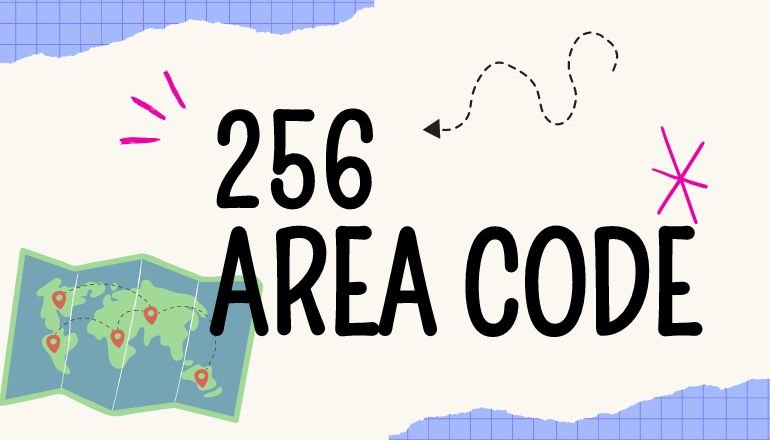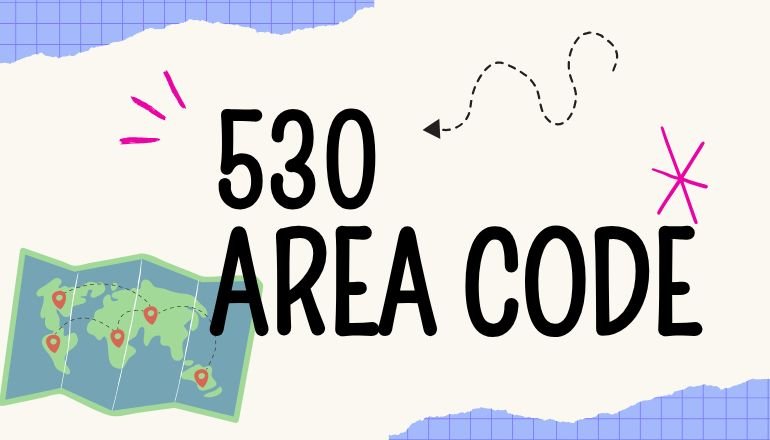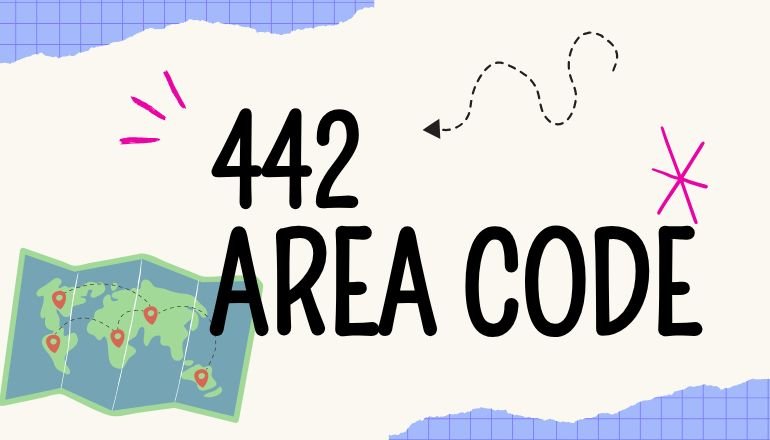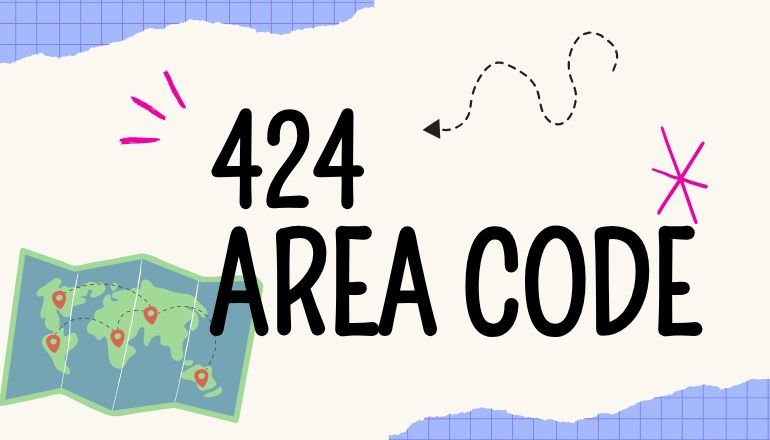The 256 area code is an integral part of Northern Alabama’s telecommunication framework, serving a diverse array of cities and communities that contribute significantly to the state’s cultural and economic landscape. From the bustling tech scene in Huntsville to the charming small towns dotting the region, the 256 area code is more than just a sequence of numbers—it’s a representation of the area’s identity and growth. In this comprehensive guide, we’ll explore the history, geographical reach, economic importance, and practical aspects of the 256 area code, as well as its evolution over the years.
Overview of the 256 Area Code
Introduced in 1998, the 256 area code was created to meet the increasing demand for phone numbers in Northern Alabama, splitting from the 205 area code. This region includes a mix of industrial cities, suburban areas, and rural communities, each adding to the unique character of the 256 area. It’s an area code that not only connects people through communication but also ties together the rich cultural and historical fabric of the region.
A Glimpse into the History of the 256 Area Code
The Need for a New Area Code
By the late 1990s, Alabama’s 205 area code, which originally covered the entire state, was under pressure due to a rapidly growing population and an increasing number of businesses requiring telephone services. To alleviate this strain and ensure that there were sufficient numbers to go around, the Alabama Public Service Commission decided to split the 205 area code.
Thus, on March 23, 1998, the 256 area code was introduced. It covered the northern part of the state, including cities like Huntsville, Decatur, Florence, and Anniston. The introduction of the 256 area code ensured that residents and businesses in Northern Alabama had enough numbers to support their telecommunication needs, and it also marked a significant moment in the state’s telecommunications history.
The Overlay of Area Code 938
As Northern Alabama continued to grow, so did the demand for new phone numbers. By 2010, it became clear that the 256 area code was once again nearing exhaustion. To address this, the Alabama Public Service Commission introduced the 938 area code as an overlay to the 256 area code on July 10, 2010. This means that both area codes now serve the same geographic region, and all local calls require ten-digit dialing.
This overlay was necessary to provide additional phone numbers without disrupting existing customers. It ensured that the 256 area code, along with the new 938 overlay, could continue to serve Northern Alabama’s residents and businesses well into the future.
Geography and Coverage: Where is the 256 Area Code Used?
The 256 area code spans a vast region in Northern Alabama, covering a diverse range of cities and communities, each contributing its own unique flavor to the area. Below are some of the key cities and regions served by the 256 area code:
Huntsville
Huntsville is arguably the most well-known city in the 256 area code and one of Alabama’s most dynamic urban centers. Known as “Rocket City,” Huntsville is home to NASA’s Marshall Space Flight Center and the U.S. Space & Rocket Center, reflecting its deep ties to the aerospace and defense industries. In recent years, Huntsville has also become a hub for technology and innovation, attracting a growing number of tech companies and startups.
Decatur
Located on the banks of the Tennessee River, Decatur is known as the “River City” and plays a significant role in the region’s economy. The city is a major center for manufacturing and industry, with facilities producing goods ranging from automotive parts to chemicals. Decatur’s strategic location along the river also makes it an important hub for transportation and logistics.
Florence
Florence, part of the Quad Cities area along with Muscle Shoals, Sheffield, and Tuscumbia, is known for its vibrant arts scene and rich musical heritage. It is the birthplace of W.C. Handy, the “Father of the Blues,” and plays a significant role in the history of American music. Florence is also home to the University of North Alabama, contributing to the city’s lively cultural and educational environment.
Anniston
Anniston, known as the “Model City” due to its carefully planned layout, has a rich history and a diverse economy. Located near the Talladega National Forest, Anniston is surrounded by natural beauty and offers a mix of outdoor recreational activities and historical attractions, including the Anniston Museum of Natural History.
Smaller Communities
Beyond these larger cities, the 256 area code also covers numerous smaller towns and rural communities, each with its own charm and contribution to the region’s identity. Places like Guntersville, Scottsboro, and Fort Payne offer a glimpse into the quieter, more rural side of Northern Alabama, with beautiful landscapes, close-knit communities, and unique local traditions.
The Economic Significance of the 256 Area Code
The region served by the 256 area code is a vital economic engine for Alabama, with industries ranging from aerospace and technology to manufacturing and agriculture. Understanding the economic impact of the 256 area code helps illustrate its importance to the state and beyond.
Technology and Innovation in Huntsville
Huntsville’s reputation as a hub for technology and innovation is well-deserved. With a growing number of high-tech companies, research institutions, and government agencies, Huntsville is often referred to as the “Silicon Valley of the South.” The city’s economy is driven by sectors such as aerospace, defense, biotechnology, and advanced manufacturing, making it a critical part of the region’s economic landscape.
Manufacturing and Industry in Decatur
Decatur’s strategic location along the Tennessee River has made it a key player in Alabama’s manufacturing and industrial sectors. The city is home to numerous facilities producing goods for both domestic and international markets. Its location also supports a robust transportation and logistics industry, making it a crucial link in the state’s supply chain.
Tourism and Culture in Florence and Muscle Shoals
The Quad Cities area, including Florence and Muscle Shoals, is known for its rich cultural heritage and vibrant tourism industry. Music lovers from around the world visit the area to experience the birthplace of the blues and the iconic Muscle Shoals Sound Studio, where countless hits have been recorded. This cultural heritage, combined with beautiful natural surroundings and a growing arts scene, makes the area a significant contributor to the region’s tourism economy.
Agriculture and Rural Economies
The rural areas of the 256 region are primarily agricultural, producing crops like cotton, soybeans, and poultry. These smaller communities play an essential role in Alabama’s agricultural output, contributing to the state’s economy and maintaining the rural character that is an important part of Northern Alabama’s identity.
Understanding the 256 Area Code: Practical Details
Time Zone
The 256 area code is located in the Central Time Zone (CT). This time zone operates on Central Standard Time (CST) during the fall and winter months and Central Daylight Time (CDT) during the spring and summer. Understanding the local time is crucial for anyone doing business with or contacting people in the region, especially for those in different time zones.
Dialing Procedures
With the introduction of the 938 overlay, ten-digit dialing is required for all local calls within the 256 area. This means that callers must dial the area code and the seven-digit number, even if they are calling within the same area code. This change was implemented to accommodate the overlay and ensure that there are enough phone numbers to meet the demand.
Cost of Calling a 256 Number
The cost of calling a 256 number can vary depending on your location and phone plan. Here’s a breakdown:
- Domestic Calls: If you are calling a 256 number from within the United States, the cost will depend on your specific phone plan. Most major carriers offer unlimited calling within the U.S., so calling a 256 number from another state or area code typically won’t incur additional charges. However, it’s always best to check your plan to avoid unexpected fees.
- International Calls: Calling a 256 number from outside the United States can be more expensive. The cost will depend on your service provider and the country you are calling from. Using VoIP services will likely bring new changes and challenges for the 256 area code. With technological advancements, the way we use and perceive area codes could shift significantly, but the 256 area code will continue to be an important part of the region’s telecommunication infrastructure.
The Future of the 256 Area Code
As Northern Alabama’s population and economy continue to grow, the 256 area code will need to adapt to new demands and changes. While the introduction of the 938 overlay has provided additional capacity, ongoing technological advancements and evolving communication needs may influence the future of the area code system.
Potential for Additional Overlays
Given the rapid growth of regions like Huntsville, it’s possible that additional area code overlays may be introduced in the future to accommodate the increasing demand for new phone numbers. Overlays are a common solution in densely populated or rapidly growing areas, allowing for new phone numbers without changing existing ones. This minimizes disruption for current residents and businesses while providing the necessary capacity for newcomers.
Impact of Technological Advancements
With the rise of digital communication technologies such as Voice over Internet Protocol (VoIP), messaging apps, and virtual phone numbers, the traditional use of area codes could change. These technologies enable people to communicate without relying on conventional phone numbers, reducing the reliance on geographic area codes. However, for now, area codes remain an important part of our telecommunication system, especially for business and local identity







